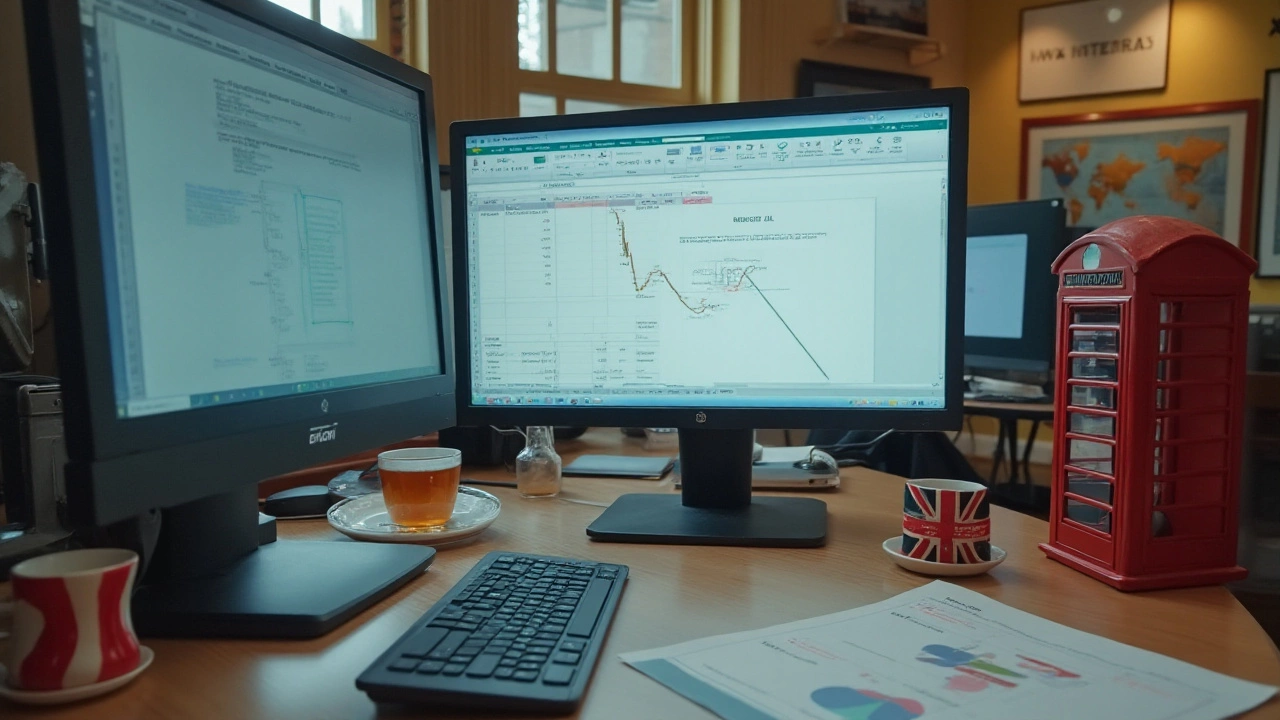Logistic Curve: What It Is and Why It Matters in Logistics
Ever heard the term “logistic curve” and wondered if it belongs in a spreadsheet or a delivery van? It’s actually a simple S‑shaped line that shows how things grow, slow down, and level off. In logistics, that curve can tell you when a warehouse will hit capacity, when a fleet will stretch thin, or when a shipping route reaches its sweet spot. Understanding it helps you avoid costly bottlenecks before they happen.
Understanding the S‑Shape of the Logistic Curve
The logistic curve starts slow, ramps up quickly, then flattens out. Think of a new e‑commerce store: orders start low, then surge as marketing kicks in, and finally plateau when the market saturates. In a warehouse, the early days are calm, then you see a rush of inbound pallets, and eventually you hit a limit where every extra pallet needs extra labor or space.
What drives the shape? Two main forces: demand and capacity. When demand outpaces capacity, the curve climbs steeply. As you add more resources—extra staff, bigger docks, smarter software—the climb continues, but only up to a point. Once you’re close to the physical or budget limit, the curve flattens and growth stalls. Spotting that flattening early lets you plan upgrades before orders back up.
Applying the Logistic Curve to Real‑World Logistics
Here’s a quick way to use the curve in your day‑to‑day operations. First, plot your monthly shipment volume for the past year. Fit those numbers to an S‑shape using a basic spreadsheet template (many free versions exist). The curve will show you three zones: early growth, rapid expansion, and saturation.
In the early growth zone, keep costs low—use shared warehouse space or flexible carriers. As you move into rapid expansion, invest in automation or additional trucks to stay ahead of the curve. When you see the flattening zone, it’s time to evaluate whether you need a new hub, a bigger fleet, or a partnership with a third‑party logistics provider.
Another practical tip: combine the logistic curve with real‑time data. If you have a transportation management system (TMS), set alerts for when daily load factor reaches 80% of capacity. That trigger tells you the curve is approaching its top, prompting a quick decision to reroute or add a vehicle.
Don’t forget the human side. Train your team to read the curve’s signals. When the graph spikes, ask them who’s struggling and why. Their insights often reveal hidden constraints that the numbers alone can’t show.
Finally, revisit the curve every quarter. Market conditions change, new technology arrives, and your business evolves. A fresh look ensures you’re never caught off‑guard by an unexpected surge or a sudden slowdown.
Bottom line: the logistic curve isn’t just a math model; it’s a practical map for scaling your logistics smoothly. By plotting your data, watching the three growth zones, and acting before the curve flattens, you keep shipments moving, costs under control, and customers happy.
January 12, 2025
Evelyn Wescott
0 Comments
Learning how to create a logistic function in Excel can greatly enhance your data analysis capabilities. This tutorial provides a comprehensive guide on setting up logistic functions using Excel's built-in features. You'll learn about the economic applications of logistic functions, and walk through practical examples that illustrate the transformation of simple data into insightful logistic models. Gain knowledge on customizing logistic curves to fit specific datasets and scenarios. Create, analyze, and visualize logistic functions effectively using Excel.




